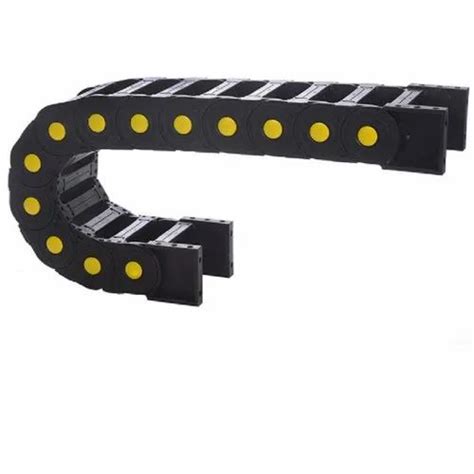
ALL ABOUT FLEX PCB
-
 Read more: Drag Chain Cables: Protective Cable and Hose Carriers
Read more: Drag Chain Cables: Protective Cable and Hose CarriersWhat are Drag Chain Cables? Drag chain cables are specialized cable management systems designed to protect and guide cables, hoses, and other conduits in applications where there is repetitive linear motion. These systems consist of interconnected links or segments that form a continuous, flexible chain. The cables and hoses are […]
-
DIY Walkie Talkie: A Complete Step-by-Step Guide
Posted by
–
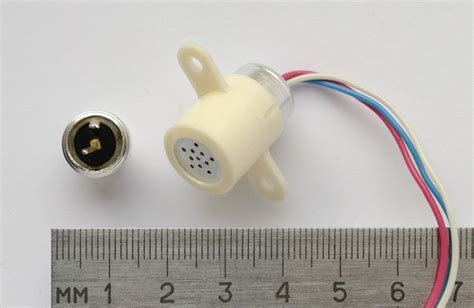 Read more: DIY Walkie Talkie: A Complete Step-by-Step Guide
Read more: DIY Walkie Talkie: A Complete Step-by-Step GuideIntroduction to Walkie-Talkies A walkie-talkie, also known as a handheld transceiver, is a portable, two-way radio that allows users to communicate wirelessly over short distances. Walkie-talkies are commonly used in various settings, such as outdoor activities, construction sites, and emergency situations. How Walkie-Talkies Work Walkie-talkies operate using radio waves to […]
-
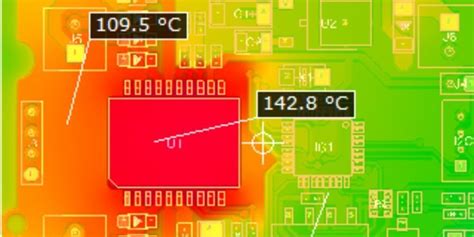 Read more: PCB Delamination: A Circuit Board Blistering Defect
Read more: PCB Delamination: A Circuit Board Blistering DefectWhat is PCB Delamination? PCB delamination refers to the separation of the layers within a printed circuit board. A PCB typically consists of multiple layers of conductive copper foil laminated together with insulating materials, such as FR-4 or polyimide. When the adhesive bond between these layers fails, it results in […]
-
nRF52832: What is and What Does it Do?
Posted by
–
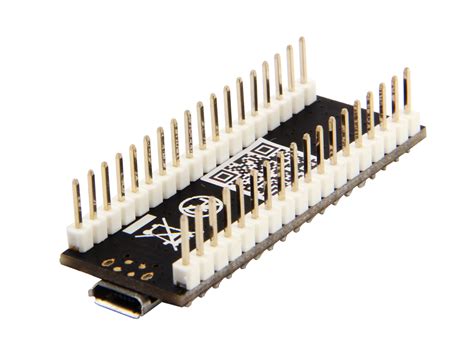 Read more: nRF52832: What is and What Does it Do?
Read more: nRF52832: What is and What Does it Do?Key Features of the nRF52832 Ultra-Low Power Consumption One of the most significant advantages of the nRF52832 is its ultra-low power consumption. The SoC is built on a 32-bit ARM Cortex-M4F processor, which operates at a maximum frequency of 64 MHz. The processor’s advanced power management system allows for efficient […]
-
K210: AI Autonomous and Emerging IoT on the Edge
Posted by
–
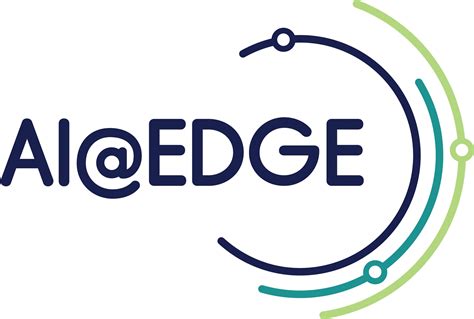 Read more: K210: AI Autonomous and Emerging IoT on the Edge
Read more: K210: AI Autonomous and Emerging IoT on the EdgeIntroduction to Edge AI and the K210 Chip Edge AI refers to artificial intelligence algorithms and models that run locally on devices at the “edge” of the network, rather than in the cloud or on remote servers. By bringing AI capabilities directly to edge devices like sensors, microcontrollers, and embedded […]
-
Affordable small batch assembly options?
Posted by
–
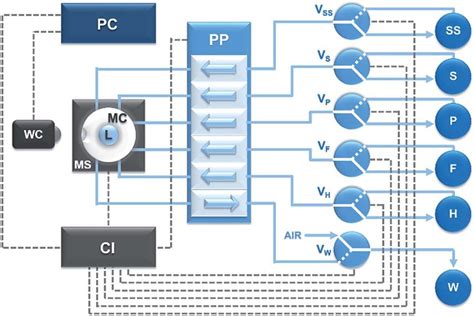 Read more: Affordable small batch assembly options?
Read more: Affordable small batch assembly options?Understanding Small Batch assembly Small batch assembly refers to the process of producing a limited number of products, typically ranging from a few units to a few thousand. This approach is particularly useful for businesses that require flexibility, customization, and quick turnaround times. Some common applications of small batch assembly […]
-
7 PCBA Manufacturing Defects and Solutions
Posted by
–
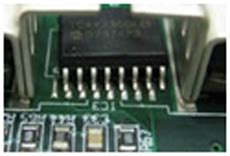 Read more: 7 PCBA Manufacturing Defects and Solutions
Read more: 7 PCBA Manufacturing Defects and SolutionsIntroduction to PCBA Defects Printed Circuit Board Assembly (PCBA) is a complex process that involves multiple steps and components. Despite advancements in technology and manufacturing processes, PCBA defects can still occur, leading to reduced product quality, increased production costs, and delays in time-to-market. Identifying and addressing these defects is crucial […]
-
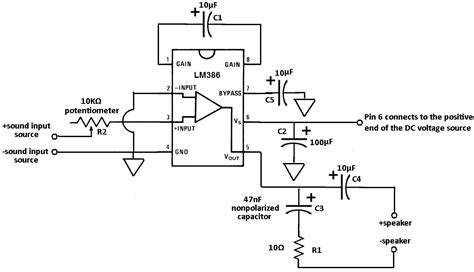 Read more: Lm386 Audio Amplifier Circuit- Creating Different Amplification Functions
Read more: Lm386 Audio Amplifier Circuit- Creating Different Amplification FunctionsIntroduction to the Lm386 Amplifier The LM386 is an 8-pin integrated circuit (IC) that operates on a supply voltage ranging from 4V to 12V. It features a low quiescent current drain of only 4mA, making it ideal for battery-powered applications. The IC has a fixed gain of 20 (26dB), which […]
-
SMPS Circuit: Everything You Need to Know
Posted by
–
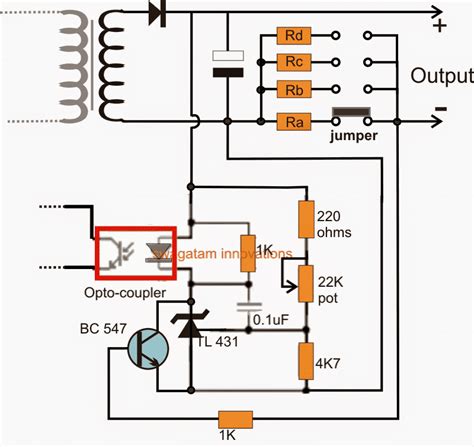 Read more: SMPS Circuit: Everything You Need to Know
Read more: SMPS Circuit: Everything You Need to KnowWhat is an SMPS Circuit? An SMPS circuit is a power supply that uses switching regulators to convert electrical power efficiently. Unlike linear power supplies, which use a transformer to step down the voltage and then regulate it using a linear regulator, SMPS circuits employ high-frequency switching techniques to regulate […]
-
 Read more: Hearing Aid Circuit: An Easy and Affordable DIY Project
Read more: Hearing Aid Circuit: An Easy and Affordable DIY ProjectIntroduction to Hearing Aid DIY Hearing loss is a common problem affecting millions of people worldwide. While there are many commercially available hearing aids, they can be expensive and may not always meet the specific needs of an individual. This is where a DIY hearing aid circuit comes in handy. […]




